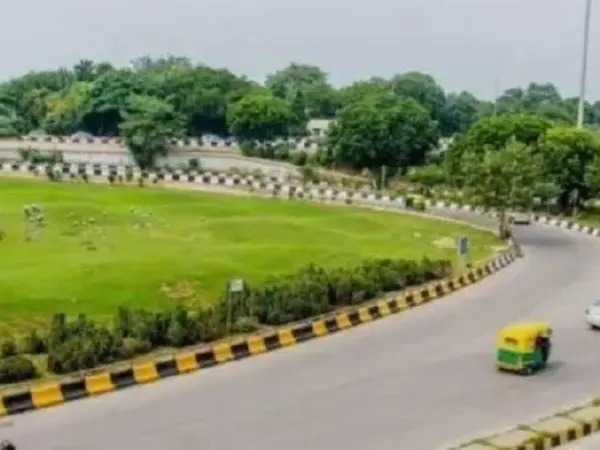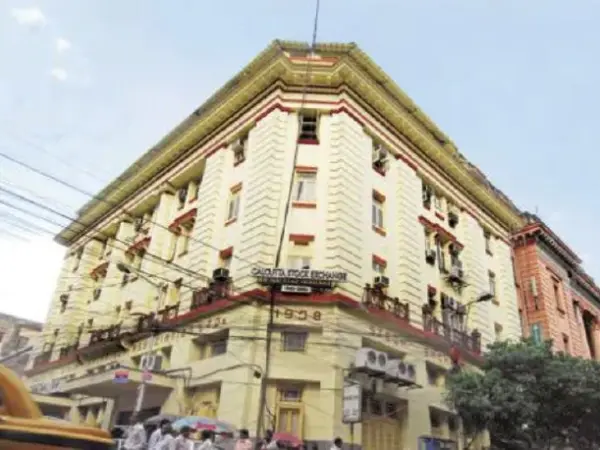The New Ashok Nagar RRTS (Regional Rapid Transit System) station, part of the Delhi-Ghaziabad-Meerut RRTS Corridor, is being developed with an eco-friendly approach. With a focus on promoting renewable energy, the station will feature 900 solar power panels on its roof, generating more than 6.5 lakh units of electricity annually. Additionally, provisions for rainwater harvesting have been made, and green spaces with various plants will be established around the station.
Key Environmental Initiatives
- Solar Power Installation
- The roof structure of the station is currently under construction, and once completed, it will be equipped with 900 solar panels.
- These panels will produce 6.5 lakh units of electricity annually, powering the station’s lighting and other electrical systems.
- This is part of NCRTC’s (National Capital Region Transport Corporation) larger initiative to install solar panels across the corridor, aiming to generate over 11 megawatts of renewable energy.
- The initiative will reduce CO2 emissions by an estimated 11,500 tons annually, a significant contribution to combating climate change.

- Rainwater Harvesting
- Five rainwater harvesting pits are being constructed at the station, with three already completed. These will collect and store rainwater, helping replenish the underground water table.
- Across the entire Delhi-Ghaziabad-Meerut corridor, 900 rainwater harvesting pits are being developed, with over 80% of them already completed.
- Green Spaces
- To enhance the greenery around the station, various plants will be placed in the parking areas, medians, and surrounding spaces.
- The NCRTC has already planted 2.5 lakh trees along the RRTS corridor, contributing to a cleaner, greener environment.
IGBC Certification and Design
NCRTC is working towards achieving the highest rating from the Indian Green Building Council (IGBC) for the New Ashok Nagar RRTS station. The focus is on harnessing green energy and creating a sustainable and aesthetically pleasing design. The station will be designed to provide an enhanced passenger experience, encouraging more people to use public transport.
Connectivity and Convenience
The New Ashok Nagar RRTS station is being constructed near the existing Ashok Nagar Metro Station. To ensure seamless connectivity between these two transport modes, a 90-meter long and 6-meter wide foot-over bridge (FOB) is being built. This FOB will connect the concourse level of the metro station directly to the RRTS station, allowing passengers to switch between transport modes without stepping outside the station premises.
This multi-modal integration will help reduce traffic congestion and crowding, especially benefiting women, elderly passengers, and travelers with heavy luggage.
Progress and Future Plans
The Delhi section of the RRTS corridor is rapidly progressing, with viaduct and tunnel construction already completed. The track laying, overhead electrification (OHE), and signaling systems are currently underway. Trial runs are expected to commence by November 2024, connecting the New Ashok Nagar station with the operational section at Sahibabad.




